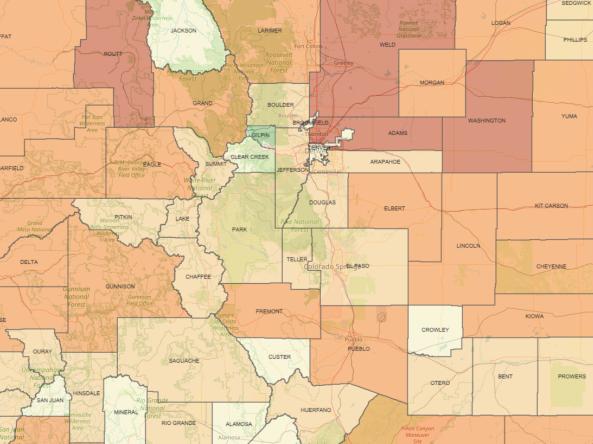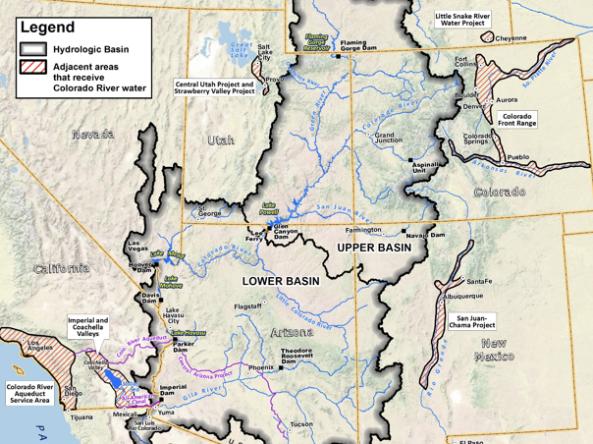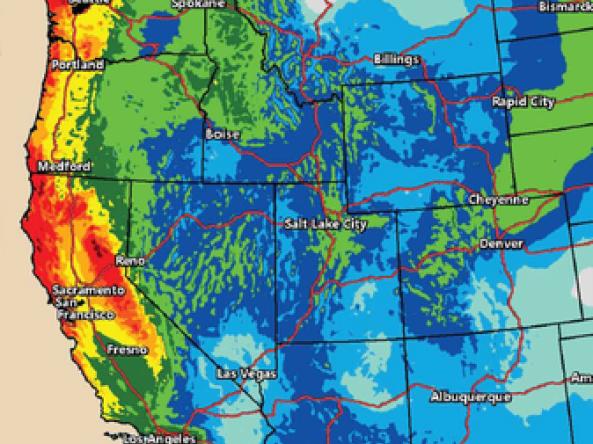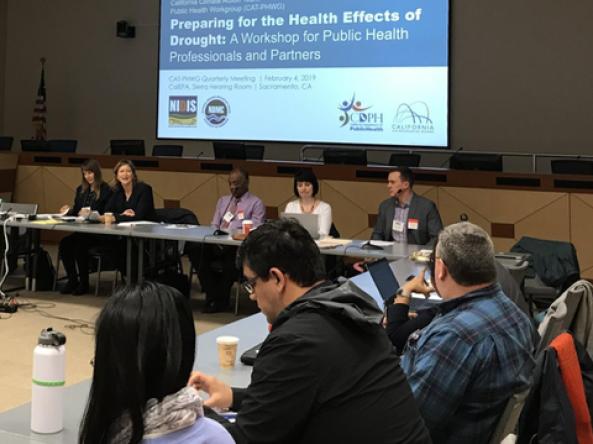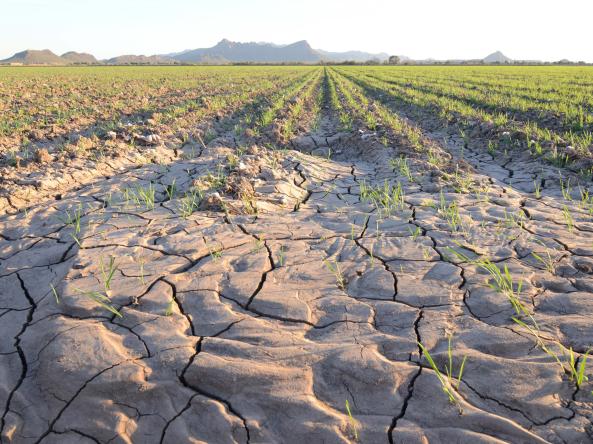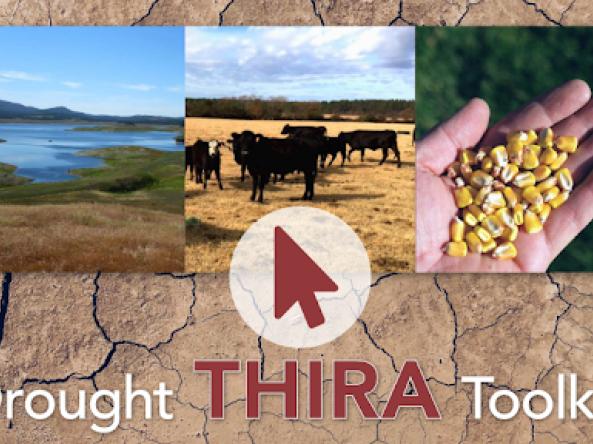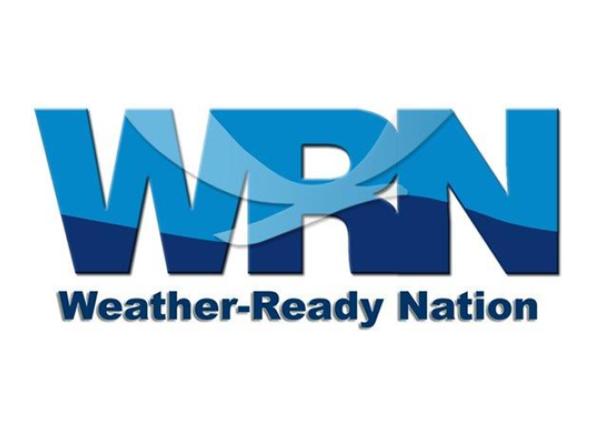Droughts are not commonly thought of as public health threats. The often-slow onset of drought, compared to other extremes, makes it difficult to identify the links between the physical characteristics of drought and societal impacts. California is no stranger to drought, and the most recent drought brought to the forefront the impacts of drought on health, including decreased water quantity and quality, coccidioidomycosis (Valley fever) outbreaks, increased mortality rates, and adverse mental health outcomes as livelihoods are challenged. In a post-drought coordination workshop, the California-Nevada Drought Early Warning System network identified better preparing public health professionals for drought as a priority.



